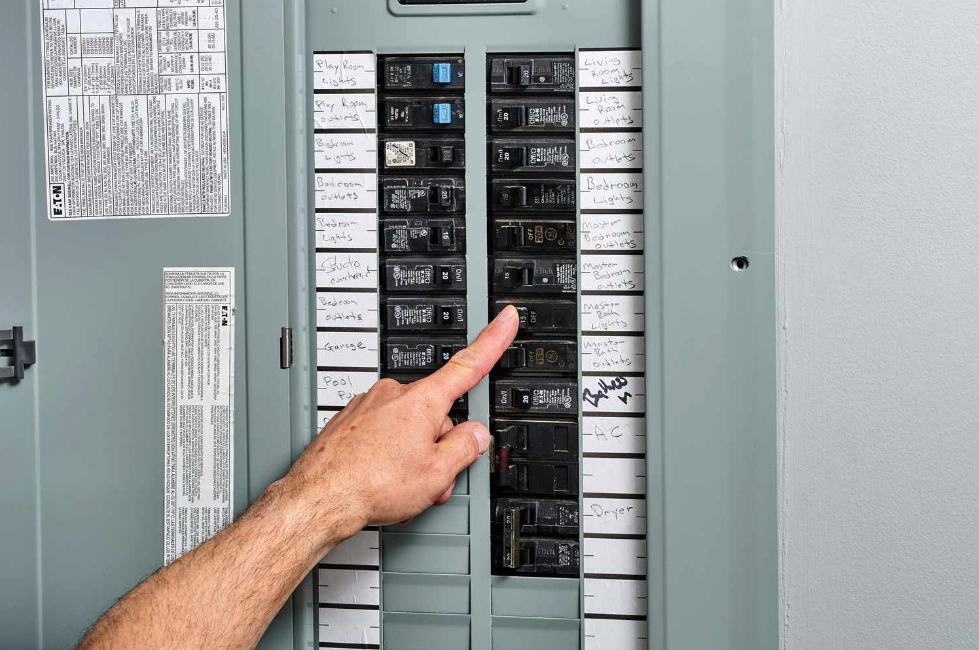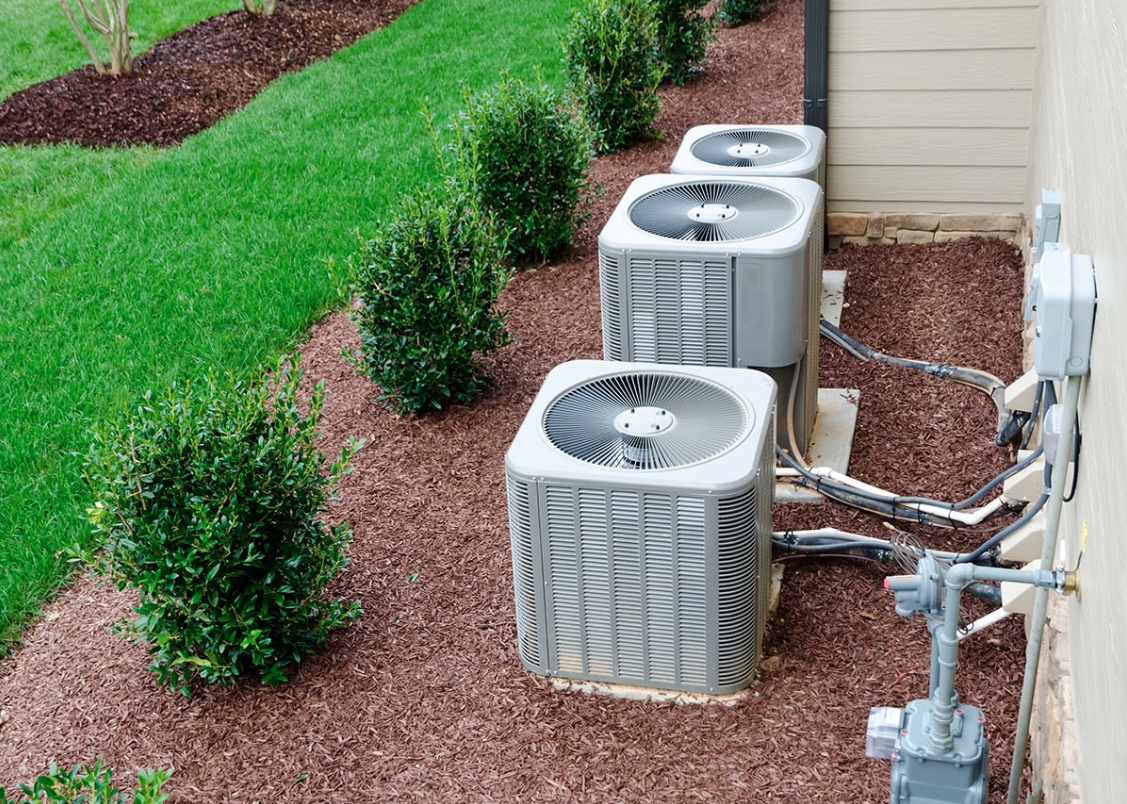Understanding the Role of a Circuit Breaker

Before diving into the signs of a failing circuit breaker, it’s crucial to understand what a circuit breaker does!

At its core, a circuit breaker is a critical safety component in your home’s electrical system. It prevents electrical overloads that could cause fires or other damage. When the flow of electricity exceeds safe levels, the circuit breaker will interrupt the flow by tripping. This interruption is a minor inconvenience and a critical safety measure designed to protect your home and your loved ones. If your circuit breaker malfunctions, it undermines this safeguard, putting your home at considerable risk. For professional help, you may consider circuit breaker repair services.
Frequent Tripping
Frequent tripping is one of the most common signs that your circuit breaker needs repair. If your breaker trips more often than usual, it’s likely a symptom that the breaker is worn out or there’s an underlying issue within your electrical system. This frequent tripping can be aggravating, but it’s also a clear signal that something is wrong. According to Family Handyman, circuit breakers that trip frequently should be inspected immediately to avoid potential hazards. Persistent tripping could indicate that your breaker can no longer handle the electrical load, or it might be a sign of faulty wiring or short circuits. Ignoring this sign could lead to severe electrical issues or even dangerous conditions like electrical fires.
Burning Smell and Visible Damage
Another severe and easily noticeable indicator is the presence of a burning smell near your electrical panel. This could signify overheating or a potential fire hazard. If you perceive a burning odor, it’s essential to act immediately, as this is usually a sign of melting insulation or burning electrical components. Additionally, visible damage, such as charring or scorch marks on the circuit breaker, are alarming signs that require immediate attention. These visual indicators mean that the breaker has already experienced significant stress and may no longer function correctly. Failing to address these issues promptly could result in more severe damage to your home’s electrical system, posing a real danger to your property and safety.
Breakers Won’t Reset
If you can’t reset the breaker after it trips, it might indicate a serious problem that requires professional intervention. According to The Spruce, a circuit breaker that won’t reset is usually a sign of an internal problem that needs professional repair or replacement. A breaker that refuses to reset can signify various issues, such as a short circuit, ground fault, or a faulty breaker. Ignoring this sign can exacerbate the problem, leading to more extensive electrical issues and potentially hazardous conditions. It’s crucial to have a licensed electrician inspect the breaker to diagnose and resolve the underlying problem effectively.
Hot to the Touch
Circuit breakers should never feel hot to the touch. If you notice that the breaker or the panel is warm, it could indicate an overload or a failing breaker. This issue should be addressed promptly to avoid potential fire hazards. A hot breaker may signal that the internal components are deteriorating or that the breaker is under constant stress from an excessive electrical load. Addressing this issue without delay is essential to prevent further wear and tear on your electrical system and ensure your home’s safety. An electrician can accurately assess the situation and determine whether the breaker needs repair or replacement.
Flickering or Dimming Lights
Do the lights in your home flicker or dim unexpectedly? This could be a sign of an overloaded circuit or a faulty breaker. Flickering or dimming lights are annoying and indicative of an underlying electrical issue that needs immediate attention. Identifying and resolving this issue is important to prevent long-term damage to your electrical system and appliances. These lighting problems often point to circuits struggling to handle the electrical load, or they may result from loose connections. Consulting an electrician will help to diagnose the root cause and implement effective solutions to ensure stable and reliable electrical performance in your home.
Inconsistent Performance
If some areas of your home have power while others don’t, the problem might be traced back to your circuit breaker. Inconsistent electrical performance can be frustrating and signal a malfunctioning breaker that needs immediate attention. This inconsistency often indicates that the breaker needs to distribute power evenly or that certain circuits are failing to receive adequate power. To maintain a safe and functional electrical system, it’s essential to have an electrician evaluate the breaker and address any underlying issues. Ensuring consistent electrical performance throughout your home is crucial for safety and convenience.
Outdated Circuit Breaker Panels
Older homes often have outdated circuit breaker panels that aren’t equipped to handle modern electrical loads. If your home has an old breaker box, it might be time for an upgrade. Outdated panels can pose significant risks, including insufficient electrical capacity and a higher likelihood of faults and failures. Repairing or replacing outdated panels can improve your home’s electrical safety and efficiency. Contemporary circuit breaker panels are built with cutting-edge safety features and are intended to withstand increased electrical demands. By improving your panel, you may lower the likelihood of electrical problems and increase the dependability and efficiency of your electrical system.
Conclusion and Next Steps
Knowing when to repair your circuit breaker is essential to keeping your electrical system secure and operating. It is imperative that you get professional advice if you observe any of these problems in order to prevent additional harm or dangers. Regular maintenance and timely repair of your circuit breakers can ensure the safety and reliability of your home’s electrical system. By addressing these warning signs promptly, you can protect your home from potential electrical dangers and enjoy a secure and efficient electrical environment.








